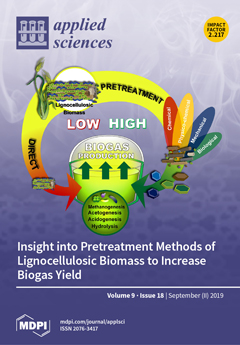The detection of carrageenan adulteration in chicken meat using a hyperspectral imaging (HSI) technique associated with three spectroscopic transforms was investigated. Minced chicken was adulterated with carrageenan solution (2% w/v) in the volume range of 0–5 mL at an increment of 1 mL. Hyperspectral images of prepared samples were captured in a reflectance mode in a Visible/Near-Infrared (Vis/NIR, 400–1000 nm) region. The reflectance (R) spectra were first extracted from regions of interest (ROIs) by applying a mask that was built using band math combined with thresholding and were then transformed into two other spectral units, absorbance (A) and Kubelka-Munck (KM). Partial least squares regression (PLSR) models based on full raw and preprocessed spectra in the three profiles were established and A spectra were found to perform best with R
p2 = 0.92, root mean square error of prediction set (RMSEP) = 0.48, and residual predictive deviation (RPD) = 6.18. To simplify the models, several wavelengths were selected using regression coefficients (RC) based on all three spectral units, and 10 wavelengths selected from A spectra (409, 425, 444, 521, 582, 621, 763, 840, 893, and 939 nm) still performed best with the R
p2, RMSEP, and RPD of 0.85, 0.93, and 3.20, respectively. Thus, the preferred simplified RC-A-PLSR model was selected and transferred into each pixel to obtain the distribution maps and finally, the general different adulteration levels of different samples were readily discernible. The overall results ascertained that the HSI technique demonstrated to be an effective tool for detecting and visualizing carrageenan adulteration in authentic chicken meat, especially in the absorbance mode.
Full article





